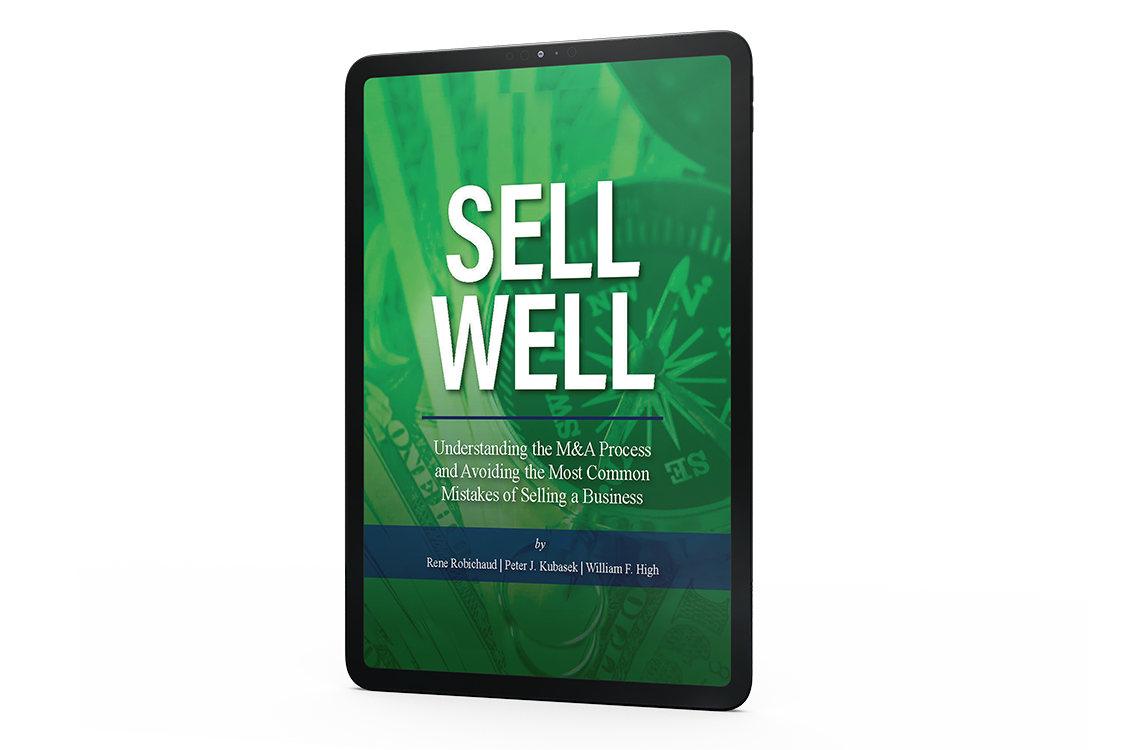ArkMalibu Industry Snapshots, Second Quarter 2022 (Released 7/28/2022)
We invite you to read our M&A market analysis and access the Market Monitor links below, where you may download detailed reports containing M&A trends and data from 17 industries. Please feel free to contact us at (513) 583-5413 to discuss how the information presented in each report may relate to your business and its own unique set of value drivers.
U.S. & Canada M&A Overview – Deal activity levels off in favor of higher median multiples
- US & Canada M&A deal volume for the first half of 2022 has come down to earth after reaching record highs in late 2021, with Q2 2022 representing a 18% drop both YoY and QoQ
- The ‘risk-off’ environment led to hesitancy particularly toward mid-to-low quality assets, bringing down total deal volume
- Q2 deal volume did not show further decline month over month as recession talk picked up – the Q2 months were virtually even with February and March numbers
- Q2 saw median Enterprise Value/EBITDA multiples jump 39% QoQ to 14.3x, far outpacing Q1’s mark of 10.3x and even exceeding the elevated Q4 2021 multiple of 13.7x by 4%
- As the ‘risk-off’ sentiment took hold, Q2 saw multiples rise as buyers doubled down on quality assets
- Total transaction value fell to $430B in Q2 2022, down 16% from Q1 2022 and 44% from Q2 2021
Global M&A Overview
- In Q2 the global markets followed the pattern of the domestic M&A market, with deal volume decreasing 13% while median multiples increased
- Q2 global EV/EBITDA multiples moved up 7% from Q1 to 11.5x and up 8% from Q2 2021
- Also mirroring the domestic market, global transaction value in M&A totaled $1.4tn in 1H 2022, falling 18% below 1H 2021’s total of $1.7tn
U.S. & Canada M&A Overview of Selected Players
- Strategics
- As of April, 90% of 1200 business leaders surveyed by one of the largest global M&A law firms reported that the ongoing war in Ukraine had influenced deals to be postponed or stopped altogether in Q2
- Technology, talent, and logistics/supply chain are expected to drive M&A decisions in the second half of 2022, with over 70% of executives surveyed listing those three industries as their top strategic M&A needs
- Private Equity
- PE continues to make investments driven by the weight of dry powder despite the rising interest rate environment and deteriorating economic outlook
- As rates rise and ‘risk-off’ becomes the prevailing sentiment, PE firms are seeing the cost of borrowing increase and finding lenders more conservative in their underwriting; this is beginning to limit PE’s ability to pursue riskier transactions and pushing them toward higher quality assets
- Anecdotally, PE firms are consistently stating that A and A+ quality deals are getting done at premium multiples while B and C grade deals aren’t seeing the same interest they have been getting over the last year
- Venture Capital
- Despite major hits to unrealized returns and exits, VC is on track for a record-setting funding year
- VC portfolio values have seen major write-downs in Q2 2022; geopolitical risks, inflation persistence, and rising interest rates are driving paper portfolio losses for VC firms, with 68% of VC firms reporting markdowns in 2022
- Contrary to the M&A market, VC investment deal counts remained high in Q2 2022, with an estimated 1,400 deals, while deal values and multiples have declined significantly across all stages
- Many of the larger deals that were agreed upon earlier in the year failed to be completed due to macroeconomic concerns, with just over $62bn in investments closed in Q2 2022 – the lowest quarter since Q4 2020 by a wide margin
- Despite the negatives, VC firms are raising large amounts of committed capital, with $122bn raised in the first half of 2022, already 87% of the 2021 full-year record of $139bn
- Mega-funds have been especially successful at raising money: 30 funds have already closed on at least $1b in commitments in the first half of 2022 alone, up from the previous full year high of 22 in 2021
- Despite major hits to unrealized returns and exits, VC is on track for a record-setting funding year
U.S. Equity Market Overview
- US. equities finished Q2 down across the board following the ‘risk-off’ environment
- Value stocks proved more resilient than growth stocks during Q2’s downturn, outperforming by 8.4% (Russell 1000 Value vs Russell 1000 Growth)
- Growth stocks tend to be more sensitive to interest rate movements, borne out in deep losses for the Russell 2000 & 1000 Growth indexes (down 19.4% and 21.1% in Q2, respectively)
- The fall was broad-based as the Russell 1000 and Russell 2000 closed the quarter with slightly fewer than 80% of their members trading below their 200-day moving average
- Large cap value stocks emerged as a key defensive position amid market volatility with the Dow outperforming all indexes listed above (-11.3%)
- Among sampled indexes above, the Russell 1000 Value index performed strongest, beating the S&P 500 by 3.9% and the smaller cap Russell 2000 Value by 1.8%
- Value index losses were assuaged by their members in the industrials and energy industries which were kept afloat by high commodities prices and inelastic product demand
- Performance among sectors has varied widely, with Financials unwinding and Energy spiking
- Energy was the only sector to post gains YTD as WTI Crude prices remained elevated throughout Q2, peaking at $119.78/barrel in mid-May – the highest level since June 2008
- Financials are expected to report the largest YoY earnings decline of all sectors reported, expecting a 23.9% decline, with the Consumer Finance and Banks sub-sector leading the decline
- Revenue growth among S&P 500 companies remains steady with an estimated 11.3% YoY growth, flat from the Q1 YoY number
- S&P 500 companies report that increasing labor costs are and will be the greatest hinderance on earnings as the labor shortage persists for many industries, while others have over-hired out of a fear of such shortages
- Valuations for S&P 500 companies continue to taper slightly with the 12-month forward P/E ratio ending at 17.5, a 2.1% decrease from Q1 2022 and 9.8% YoY decrease from Q2 2021
- Value stocks proved more resilient than growth stocks during Q2’s downturn, outperforming by 8.4% (Russell 1000 Value vs Russell 1000 Growth)
Economic Update
- US inflation rose to 9.1% YoY in June, with core CPI (excluding food and energy) coming in at a lower 5.9%
- While the core CPI number for June is a slight decrease from the 6.0% YoY figure from May, it represents a 0.7% month over month increase; the increases were broad based, indicating continued inflationary pressure across the economy with the recent fall in fuel prices not being reflected in the June numbers
- Commodities came down significantly in the latter half of Q2 from 2022 highs: copper was down 25%, wheat was down 30%, lumber was down 60%, natural gas was down 65%, and crude oil was down 19%
- These movements have been especially significant in the last month: the GSCI commodities index was down 11% in the month of June bringing it back to February levels; should commodities stay low it could help tamp down inflation in the latter half of the year
- The US currently sits at about even on the inflation scale compared to many other developed western nations with Germany at 8.2%, UK at 9.1%, and Belgium at 9.6%
- The Fed raised rates 75 bps at the June 15th meeting, and called for a total of 175 bps more by year end (the Fed has since followed through will another 75 bps raise on July 27)
- US mortgage rates are being stressed significantly due to the dual impact of rising rates and the Fed beginning to let mortgage-backed securities (MBS) run off the balance sheet, curbing demand for them; this has created a dramatic rise in mortgage rates, with the average 30-year mortgage reaching at 5.7% as of June 30 after starting the year around 3.0%
- Extreme rate changes together with other factors have led to a historically bad bond market: the S&P Aggregate Bond Index was down -10% in 1H 2022
- Economic data points are a mixed bag, but the US is in a stronger position than Europe by some measures
- The robust US labor market has seen no signs of deterioration in Q2 with the employment-population ratio and unemployment rate flat from the end of Q1 (60% and 3.6% respectively), while nonfarm payroll employment rose steadily by ~370k each month in the quarter
- The principal concern for the US economy has been rising inflation and the resulting impact to real GDP and consumer confidence; the Fed revised down its projection of 2022 real GDP growth to 1.7% from 2.8% projected earlier this year, while the CCI confidence index declined 4.4% again in June
- Besides enduring those same inflation-driven issues, European economies have been hit very hard by shortage-driven increases in natural gas (LNG) prices caused by the Ukraine war; markets are now viewing this as a long-term issue fixing LNG pricing for 2023-24 contracts 50%+ higher than in March
- The US produces its own LNG, and as a result is seeing only slightly elevated rates with spot prices sitting ~80% lower than those in Europe at the end of Q2
- The rise in energy prices has driven several EU economies into unusual trade deficits; in June Germany saw its first monthly trade deficit in 31 years
- As a top 3 producer and exporter of crude, LNG, and agricultural products, the US is in a strong position to ride-out and even capitalize on global lack of supply for these products caused by the Russia-Ukraine war
- The Euro and Dollar approached parity at the end of Q2 and reached it for the first time in nearly 20 years the week of July 11th driven by a variety of factors including the upward pressure Fed rate hikes have on the dollar, the uncertainty around Europe’s economy and fragmenting EU debt markets
- Against a basket of 6 major currencies, the Dollar was up 9.4% in 1H 2022; a strong Dollar has direct implications for the fight against inflation, reducing the price of imports and input costs
Sources: ArkMalibu, Bureau of Economic Analysis, Bureau of Labor Statistics, Bloomberg, Deloitte, Federal Reserve, Fact Set data, IMF, J.P. Morgan, Pitchbook, S&P Capital IQ, UN Economic Data, Wall Street Journal, and other publicly available news sources
ArkMalibu Approach
Our team at ArkMalibu is proud of our conflict-free business model, M&A expertise, and value-added processes, which continue to deliver results that far exceed the expectations of our clients, the one-time sellers. We would be delighted to listen and then help you navigate the M&A market in achieving your goals.


